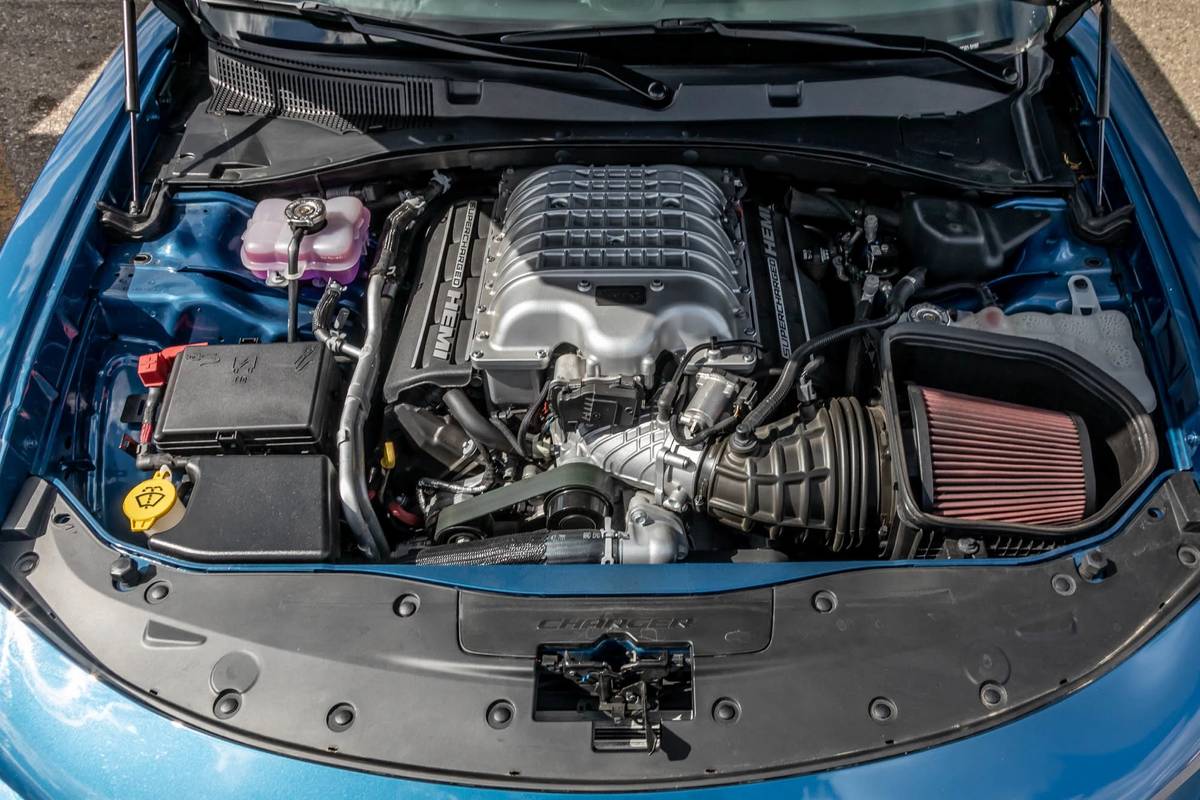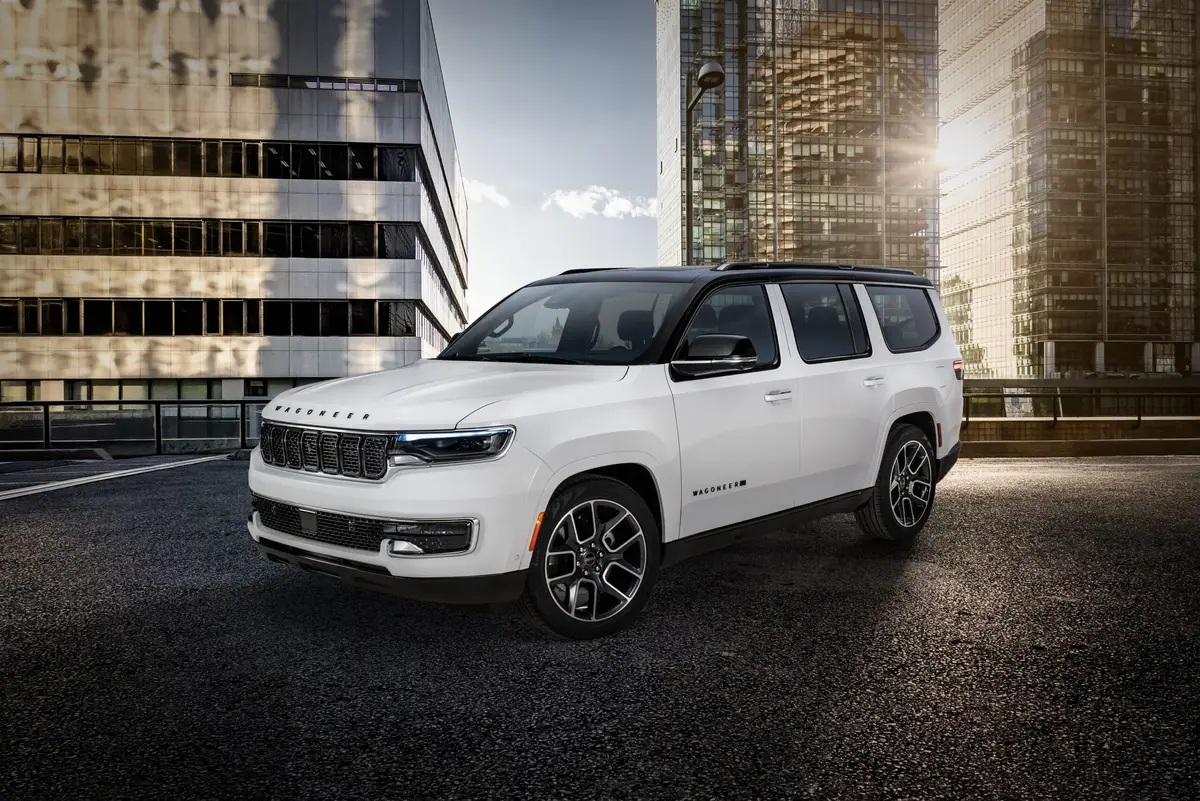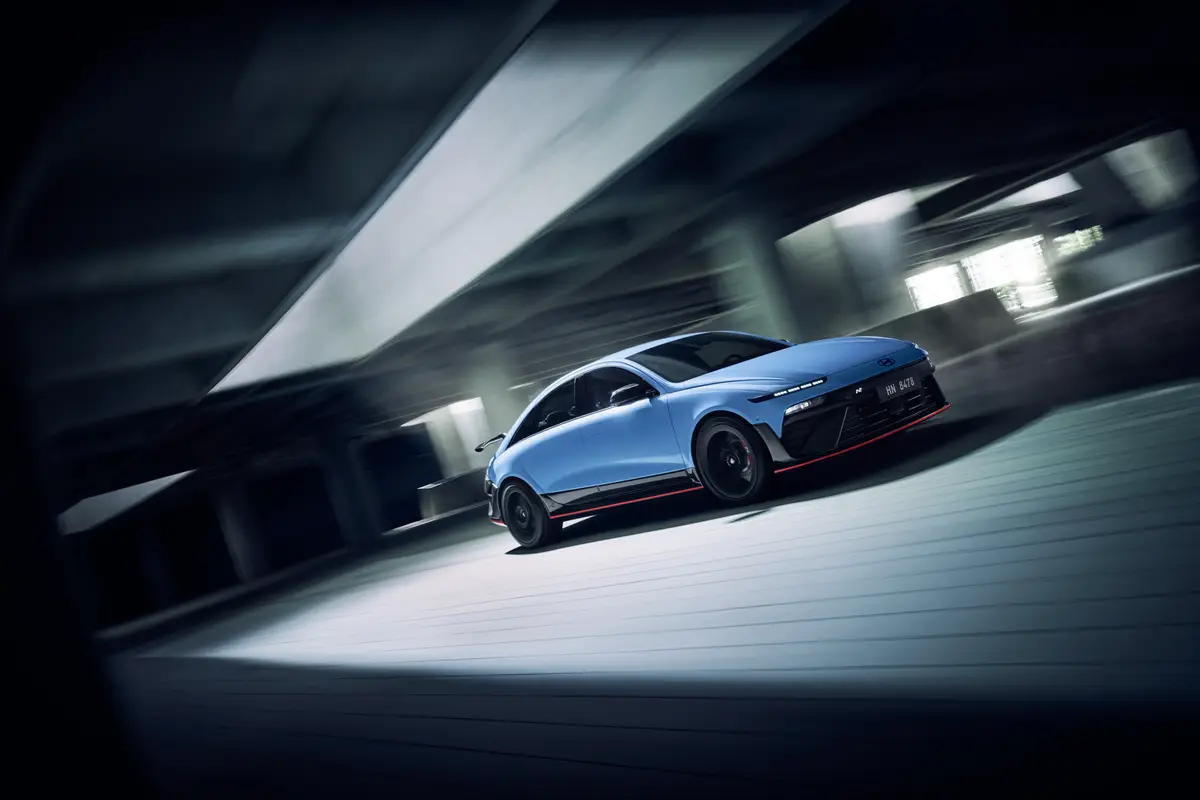Star-Telegram.com's view
Toyota’s popular RAV4 compact utility vehicle, which entered its third generation just three years ago, received additional upgrades for 2009, including a new, more-powerful four-cylinder engine that also brings improved fuel efficiency.
The complete makeover for 2006 brought two big innovations to the RAV4, the first V-6 engine option, and the available third-row seat, which increased the capacity to seven from the original five passengers.
Changes introduced for 2009 were not substantial enough to consider this the next generation of the RAV4, but were intended to help keep the vehicle fresh in the middle of its current product cycle.
Dimensions and capacity remain the same, but the vehicle got some interior upgrades along with the new base engine, as well as some improved safety features such as active front headrests, an engine-immobilizer for increased security, and some exterior styling tweaks.
A new Sport Appearance Package is available on the four-wheel-drive V-6 model, and the top-of-the-line Limited trim level comes with a smart-key system that allows for keyless operation of the door locks and ignition, a feature originally limited to luxury cars but now being added to many lower-priced vehicles, too.
Another great safety feature – also once available only on high-end vehicles – is the rear backup camera now available on the Limited as well as the midlevel Sport model.
Toyota also now offers a navigation system ($1,550) on the Sport and Limited models, another feature once the province of luxury cars. The system also comes with a built-in AM/FM/compact-disc stereo system with six speakers and MP3 playback capability, and XM NavTraffic, which displays real-time traffic information on the moving map.
New fabric is used on all models with cloth seats, and an optional charcoal leather interior is available on the Sport model as part of the $1,930 Premium Seat Package. Included with the leather seats are dual-heated reclining front bucket seats, with an eight-way power driver’s seat, six-way manual passenger seat, and power driver lumbar support.
Sand beige or ash leather seats are available on the Limited model in an Extra Value Package for $1,360, which also brings a power tilt-and-slide moon roof, the dual-heated front bucket seats, and a JBL nine-speaker audio system with six-disc CD changer and XM satellite radio. A subwoofer is part of the speaker package, and the audio system has Bluetooth connectivity. A 115-volt power outlet is included as well.
Changes outside include a new grille and front bumper, along with revised fog lights and taillights.
Limited models now come with 17-inch alloy wheels, and the Limited gets turn signals integrated into the outside mirrors.
Sport models come with a new rear spoiler, and the Sport Appearance Package adds a redesigned rear door with chrome trim – and is absent the spare tire. The spare isn’t needed, as the package also brings run-flat tires. The package includes some special styling features such as color-keyed, heated outside mirrors, and some chrome interior accents.
Prices for 2009 range from $21,500 for the base two-wheel-drive, four-cylinder model to $27,810 for the four-wheel-drive V-6 Limited.
Our tester was the base two-wheel-drive model with five-passenger seating, the V-6 engine, a five-speed automatic transmission, and none of the special features mentioned above. List price was $$23,535 (plus $745 freight), and the only options were rear privacy glass ($310), all-weather floor mats ($110), and daytime running lights ($40), for a total price of $24,740, including freight.
The V-6 does offer quite a boost in performance – 269 horsepower versus 179 for the four-cylinder. But in today’s fuel-economy-minded market, many consumers probably would feel better about the four-cylinder engine.
EPA ratings aren’t radically different, however. Mileage estimates for the V-6 with the five-speed automatic are 19 mpg city/27 highway (19/26 with all-wheel drive). The four-cylinder base and Sport models, with a four-speed automatic, are rated at 22 city/28 highway (21/27 with all-wheel drive).
Our base model with the zippy V-6 was well enough equipped that many – if not most — buyers probably would be happy without having to add the fancy extras or upgrade to the Sport or Limited trim levels. You can always forgo the $1,550 factory nav system and find an aftermarket, dash-mounted unit for a fraction of that.
I would have added the third-row “split and stow” seat, however, which is available even on the least-expensive model. It costs $1,060 — $940 for the seat and $120 for a required upgrade to 17-inch steel wheels (substitute the 17-inch alloy wheels for $560).
The front and two outboard middle-row passengers can sit quite comfortably in the RAV4, but the middle position in the second row and the two seats in the third row are best left to kids. Don’t try to pack a seven-passenger work carpool into this vehicle.
Still, this is the best version yet of Toyota’s compact SUV line – a segment the automaker pioneered with the introduction of the first RAV4 in 1996.
This model, larger than its predecessor, can tow up to 3,500 pounds with the V-6 engine, which would accommodate most average-size recreational boat and horse trailers, as well as some small travel trailers.
The extra power and seating capacity allow consumers to have the attributes of larger SUVs without giving up the economy of operation that a compact sport utility provides.
People who need the extra power, especially to pull a trailer, should go for the V-6. About 70 percent of buyers choose the four-cylinder model, though, Toyota says.
With the third generation came an all-new chassis. As before, it’s a crossover SUV, which means it has unibody construction like a car, rather than having a body mounted on a steel frame as with the traditional truck-based models such as the Toyota 4Runner.
The V-6 equipped RAV can accelerate from zero to 60 mpg in less than seven seconds, which might come in handy for freeway merges.
All RAV4 models have electric steering, in which the steering motor gets its power from the car’s electrical system instead of the engine. It’s designed to improve fuel economy.
The automatic, electronic on-demand four-wheel-drive system is designed for bad-weather and limited off-road driving. No low-range gearing is offered, so this is not the vehicle for serious trail driving or hill-climbing.
But the system does come with hill-assist control for up- and downhill driving. On downward slopes, the system will let the car cruise at a steady four mph with the driver’s foot off the brake.
The current RAV4 has 25.2 more cubic feet of space than the model it replaced. Without the third seat, or with the third seat folded, that gives the vehicle more cargo space as well as a roomier middle row than before.
The middle seat has a 60/40 split with a center fold-down armrest that includes two cup holders. The third row folds flat into the rear floor either all or by half.
With both the middle and third seats set up with split-folding backs, the interior of the vehicle can be configured to carry either people or cargo, or a combination. With the third seat in place, however, cargo space behind that seat is just 12 cubic feet.
The spare tire is in a hard cover on the tailgate, and the entire gate, with the spare, swings out to the right for access to the cargo area.
The top-of-the-line Limited model comes with dual zone air conditioning, power driver’s seat and the upgraded JBL audio system.
Four-wheel independent suspension gives the RAV4 a carlike ride; and safety features such as electronic stability control, front seat-mounted side air bags, and roof-mounted side-curtain air bags for the first two rows add security and safety to the mix.
Also standard are traction control, anti-lock brakes, electronic brake-force distribution, and brake assist.
Power windows/mirrors/door locks (with remote) are standard. There are three 12-volt power outlets, 10 cup holders and a mini jack for attaching an iPod or other portable music player.
Limited models come with dual-zone automatic climate control with air filter; the 17-inch alloy wheels; upgraded seat fabric; AM/FM six-disc in-dash CD changer with six speakers and XM radio, an auxiliary audio jack and MP3/WMA playback capability; engine immobilizer system; interior footwell lighting; leather-wrapped steering wheel with audio controls; leather-wrapped shift knob with metallic insert; and a cargo area cover and cargo net (on models without the third seat).
The automotive columns of G. Chambers Williams III have appeared regularly in the Star-Telegram since 1994. Contact him at (210) 250-3236; chambers@star-telegram.com.
2009 Toyota RAV4
The package: Compact, four-door, five- or seven-passenger, front- or all-wheel-drive, four-cylinder or V-6 powered crossover sport-utility.
Highlights: The third generation of Toyota’s RAV4, the original mini-SUV, arrived for 2006, and has received some additional upgrades and styling changes for 2009, including a new, more-powerful base four-cylinder engine.
Negatives: No low-range gearing for serious off-road use; third seat is cramped for adults.
Engine: 2.5-liter inline 4-cylinder; 3.5-liter V-6.
Transmission: 4-speed automatic (4-cylinder); 5-speed automatic (V-6).
Power/torque: 179 HP/172 foot-pounds (four-cylinder); 269 HP/246 foot-pounds (V-6).
Length: 181.1 inches.
Curb weight: 3,300-3,677 pounds.
Cargo volume: 36.4 cubic feet (behind second seat, third seat folded); 12.3 (behind third seat).
Towing capacity: 1,500 pounds (4-cylinder); 3,500 pounds (V-6 w/tow package).
Brakes, front/rear: Disc/disc, antilock.
Electronic stability control: Standard.
Side air bags: Front seat-mounted; side curtain, first and second rows, standard.
Fuel capacity/type: 15.9 gallons/unleaded regular.
EPA fuel economy: 22 miles per gallon city/28 highway (4-cylinder/2WD); 21/27 (4-cyl./4WD); 19/27 (V-6, 2WD); 19/26 (V-6, 4WD).
Major competitors: Honda CR-V, Ford Escape/Mercury Mariner/Mazda Tribute, Mitsubishi Outlander, Saturn Vue, Subaru Forester, Pontiac Torrent/Chevrolet Equinox; Suzuki Grand Vitara, Nissan Rogue, Hyundai Tucson, Kia Sportage, Jeep Liberty, Dodge Nitro.
Base price range: $21,500-$27,810, plus $745 freight.
Price as tested: $24,740, including freight and options (Base V-6 model, 2WD).
On the Road rating: 9.2 (of a possible 10).
Latest news



